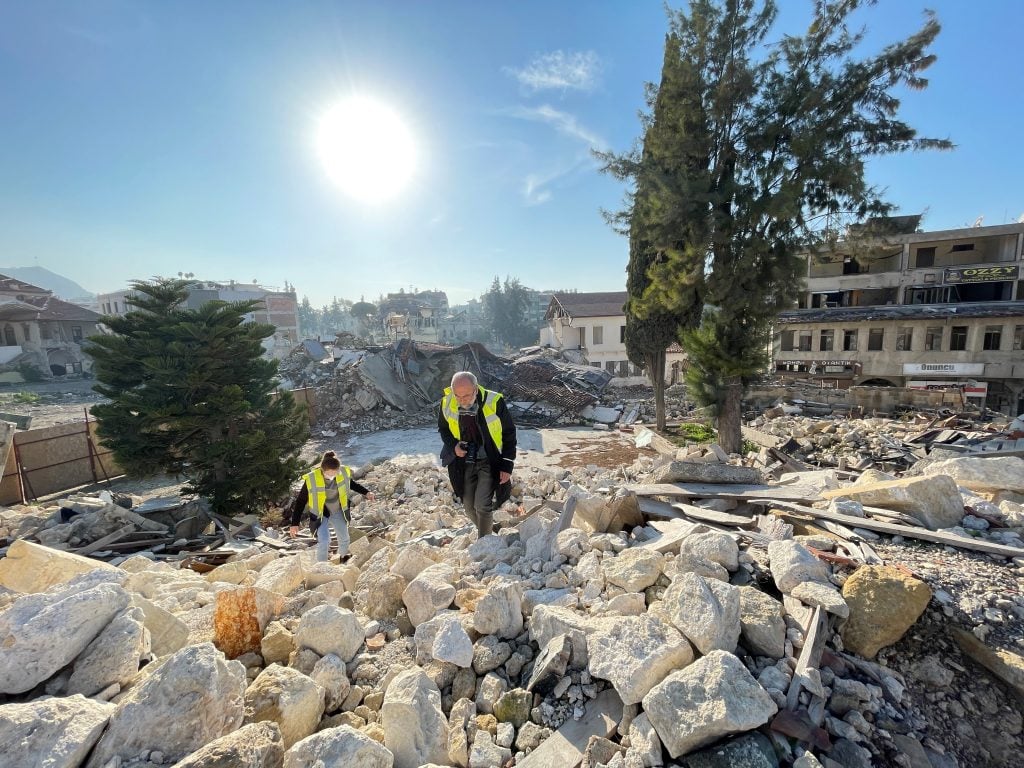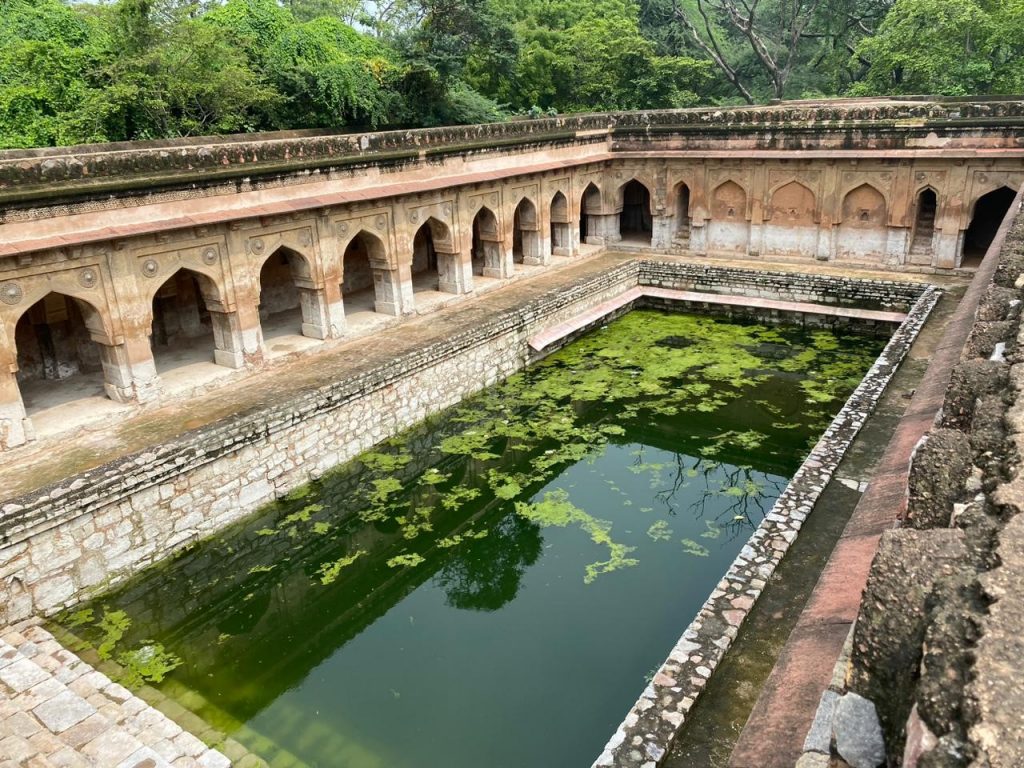Art World
The World Monuments Fund’s 2024 Projects Will Preserve Cultural Heritage Sites in Ukraine and Turkey
The nonprofit will also plans to fund projects responding to climate change.

The nonprofit will also plans to fund projects responding to climate change.

Adam Schrader

The World Monuments Fund (WMF), an independent nonprofit dedicated to preserving cultural heritage, has announced the lineup for its 2024 projects. This year’s efforts include responses to last year’s devastating earthquakes in Turkey and repairing damage in Ukraine amid Russia’s ongoing war.
Along with the new projects responding to global crises, the WMF announced the creation of a new Climate Heritage Initiative with $15 million earmarked to fund projects dedicated to responding to climate change alone. These efforts include restoring historic water capture systems in India, increasing access to reliable water in the Kathmandu Valley of Nepal and rehabilitating traditional dams and retention ponds in the Andes of Peru.
“Multiple nominations to the 2022 World Monuments Watch highlighted the worsening impact of climate, from increased coastal flooding and storm surge that decimated heritage sites to the failure of millennia-old water infrastructure due to changing rainfall patterns,” WMF’s president and CEO Bénédicte de Montlaur said in a statement to Artnet News.
De Montlaur called climate change one of the principal threats to cultural heritage, highlighting “the need to integrate cultural heritage and cultural rights in climate action and responses.”

The World Monuments Fund has launched projects to protect water in India. Photo courtesy of World Monuments Fund.
De Montlaur noted that the $15 million in funds—an increase from last year’s total budget of $10 million for all projects—will be invested over the next five years and represents about 25 percent of the nonprofit’s annual project budget, the largest of any single programmatic area. “We intend to raise additional funds in the coming years to further enhance our response to the urgent challenge climate change represents,” she said.
Buse Ceren Gül, an architect based in Antakya working on WMF’s recovery efforts there, said in an email to Artnet News that “nothing remains” in the city of Antakya, where a 7.7-magnitude earthquake struck and killed nearly 60,000 people in Turkey and Syria.
The WMF has identified two buildings in Antakya, historically known as Antioch, to provide with aid: the Antioch Greek Orthodox Church (also known as St. Paul’s Church) and the Antioch Synagogue. WMF’s work at Antakya earthquake heritage sites has been made possible, in part, by the U.S. Ambassadors Fund for Cultural Preservation and the U.S. Mission to Turkey.
In Ukraine, which was invaded by Russia nearly two years ago, the WMF said it will restore the glass dome of a landmark called the Teacher’s House, which was used as the first parliament building of the Ukrainian Republic in 1917 as the country fought the Ukrainian War of Independence. Ultimately, most of the fledgling Ukrainian Republic was absorbed back by the Soviet Union until its dissolution 1991.
Russian forces targeting a nearby intersection in October 2022, which sent a shockwave that knocked down the glass dome. The WMF and its partners have already installed a protective covering to protect from water damage and will now replace the glass, aided again by the U.S. Ambassadors Fund for Cultural Preservation and the U.S. Embassy in Kyiv.
Kateryna Goncharova, WMF’s Ukrainian heritage crisis specialist, said in an emailed statement that the site has “become an important landmark in the capital, symbolizing the conception of the modern Ukrainian statehood.” “With notable structures such as its elegant frieze and large glass dome, the historic building has become an iconic element of the Kyiv skyline and a major national symbol,” she said.
The WMF also announced aid to Bears Ears National Monument, a possibly controversial political move in the United States. The land was designated a national monument, along with Grand Staircase-Escalante National Monument, by President Barack Obama to the chagrin of conservatives who argued against it because of the economic benefits of land use for mining, drilling, and grazing. President Donald Trump later significantly reduced the size of the monument, leading to continuing legal challenges.
“The area comprising Bears National Monument has long been the sacred land of several Tribes in the area,” the nonprofit said in its news release. “WMF is supporting efforts led by Indigenous communities and public lands managers to improve site management and enhance the visitor experience with lessons about respectful visitation and the significance of this rich living landscape.”
But a spokesperson for the WMF highlighted the marquee project of the year as one based at the Potager du Roi garden at the Palace of Versailles in France. The nonprofit has commissioned a landscape analysis of historic garden management in the face of climate change and “will create a global hub to establish and disseminate best practices for climate adaptation at historic gardens, with models developed at the center applied and tested at partnering gardens around the world.”
More Trending Stories:
Art Dealers Christina and Emmanuel Di Donna on Their Special Holiday Rituals
Stefanie Heinze Paints Richly Ambiguous Worlds. Collectors Are Obsessed
Inspector Schachter Uncovers Allegations Regarding the Latest Art World Scandal—And It’s a Doozy
Archaeologists Call Foul on the Purported Discovery of a 27,000-Year-Old Pyramid
The Sprawling Legal Dispute Between Yves Bouvier and Dmitry Rybolovlev Is Finally Over